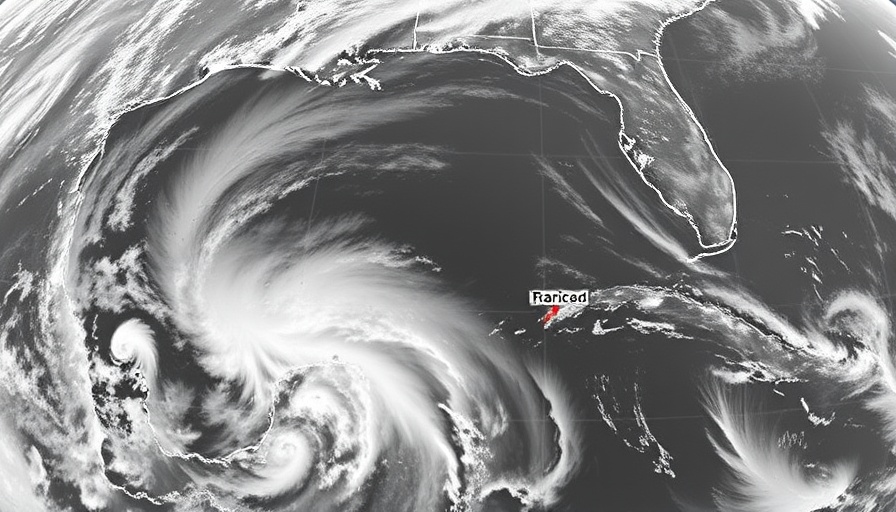
Trump's New Tariffs: A Financial Gamble on Trade
In a bold move that could reshape international economics, President Trump has announced new tariffs against Canada's and Mexico’s imports, along with a hefty tax on goods from China. These tariffs, set at 25% and 10% respectively, are aimed at asserting U.S. dominance over its largest trading partners, but many experts are warning of economic repercussions that may follow.
Economic Rifts: Impact on Prices and Consumers
The reality behind tariffs often translates into higher consumer prices. As President Trump aims to bolster American industry by imposing steep import taxes, the flip side could lead consumers to feel the pinch in their pockets. With essential goods becoming increasingly costly, families may find their budgets stretched thin, mirroring concerns raised during previous tariff implementations in the past.
Why Tariffs Matter: The Balance of Trade Relationships
Tariffs are not just numbers on a piece of paper; they serve as powerful statements in international relations. By targeting Canada, Mexico, and China, Trump is signaling a shift in America's trade strategy that could disrupt longstanding partnerships. These actions may provoke retaliatory measures from other nations, further complicating global trade dynamics.
Voter Expectations and Economic Reality
Supporting Trump’s tariffs were many voters who believed he could effectively manage household costs amidst rising inflation. However, as inflation signals tick upward—predicted to reach around 3.3%—it raises concerns about whether these policies will fulfill promises of financial improvement. Economic sentiment reflects fear that the very measures designed to protect American jobs may end up hurting ordinary citizens instead.
Potential Avenues for Negotiation
Despite the ominous warnings, there exists a glimmer of hope. Should Canada and Mexico engage in discussions with Trump over issues like immigration and the smuggling of illegal drugs, these tariffs might be short-lived. Negotiation is a vital part of global trade, and finding middle ground may alleviate some of the economic anxieties surrounding these tariffs.
Lessons from History: Tariffs in the Past
Trump’s homage to historical figures like President McKinley, known as the “tariff sheriff,” highlights the cyclical nature of economic policies based on tariffs. McKinley's era demonstrated an increase in domestic prices due to tariffs, a lesson that may resonate with current economic experts predicting similar impacts today. Will history repeat itself, or has the economy evolved in such a way that protects it from past consequences?
The Larger Economic Landscape: Challenges Ahead
Financial markets reacted negatively to Trump's announcement, with the S&P 500 index declining sharply. This serves as a portent of potential instability in the markets amid fears of inflation and disruptions in international trade. The question remains: can these tariffs be strategically navigated or will they spiral into an unwanted economic crisis?
Final Thoughts: What Lies Ahead
Tariffs are a powerful tool, but they come with inherent risks and complications. The ongoing tension between protecting domestic industries and the economic reality of rising prices will be a pivotal challenge for Trump's administration. As voters and stakeholders watch this experiment unfold, the impacts on everyday Americans will likely shape both economic and political landscapes for years to come.
 Add Row
Add Row  Add
Add 



Write A Comment